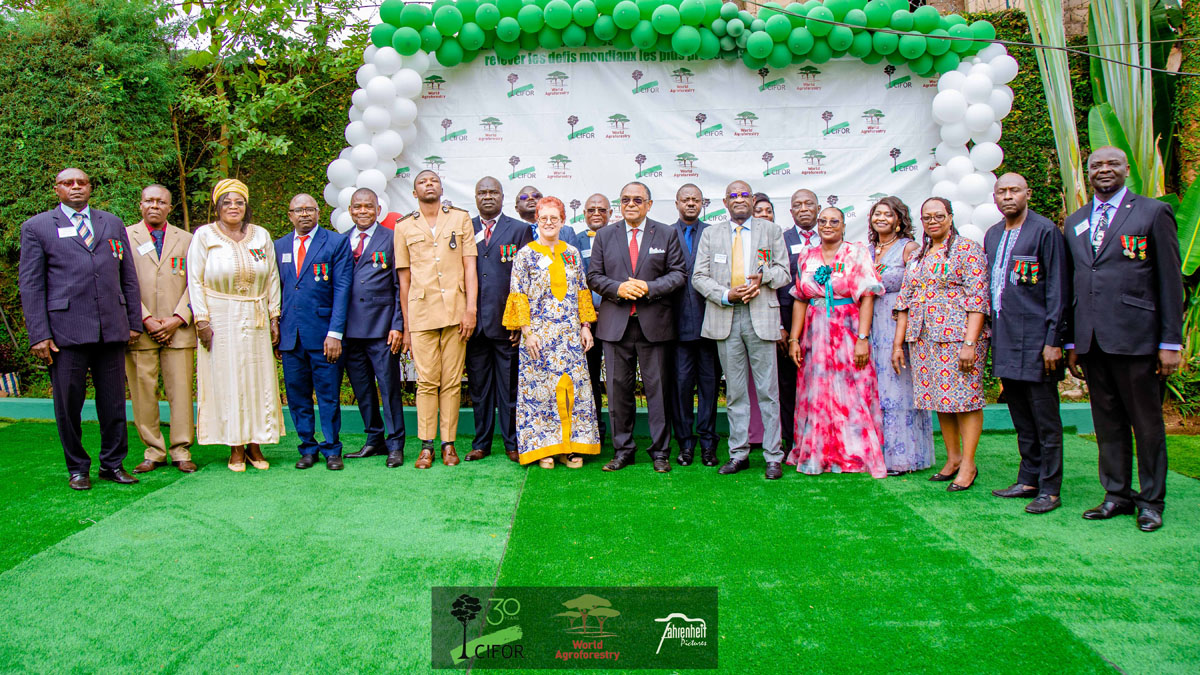The mapping of crop types is one of the most challenging tasks to derive inputs for enhanced food and nutritional security, especially in complex and diversified landscapes like tropical Asia with small landholdings. The current study tested an innovative approach like Time-Weighted Dynamic Time Warping (TWDTW) in a machine learning environment with time-series Sentinel data to map the various crop types. Using a logistic function, we examined the time series variations among the classes and assigned a time weightage through a steepness (α) and penalty (β) parameter. The parallel data processing was applied to a large data cube (band dimension: 66*6) containing the composite images for two years (2018 and 2019). Using a low penalty for time-warping less than 50 days (β) and high cost for extended time warps helped achieve 86% overall accuracy and 0.82 kappa accuracy. Cropland found the dominant land use (~82% of total area) in 2018, with the paddy fallow occupied 43.37%, followed by cotton-fallow (22.31%) and paddy-pulses (16.86%). The change area statistics from 2018 to 2019 indicate a reduction in paddy-fallow area by 238.20 ha, while the area under paddy-pulses and cotton-fallow increased by 122.50 ha 166.40 ha, respectively. The area under double cropping paddy-pulses highlights the availability of irrigation facilities in the southern part of the study area, while the northern part was dominated by single crop paddy-fallow. The study provides scopes to utilize the crop type and crop fallow maps for multi-cropping with appropriate land and water management through the government policy prescriptions.
DOI:
https://doi.org/10.1016/j.crsust.2021.100032
Altmetric score:
Dimensions Citation Count:























